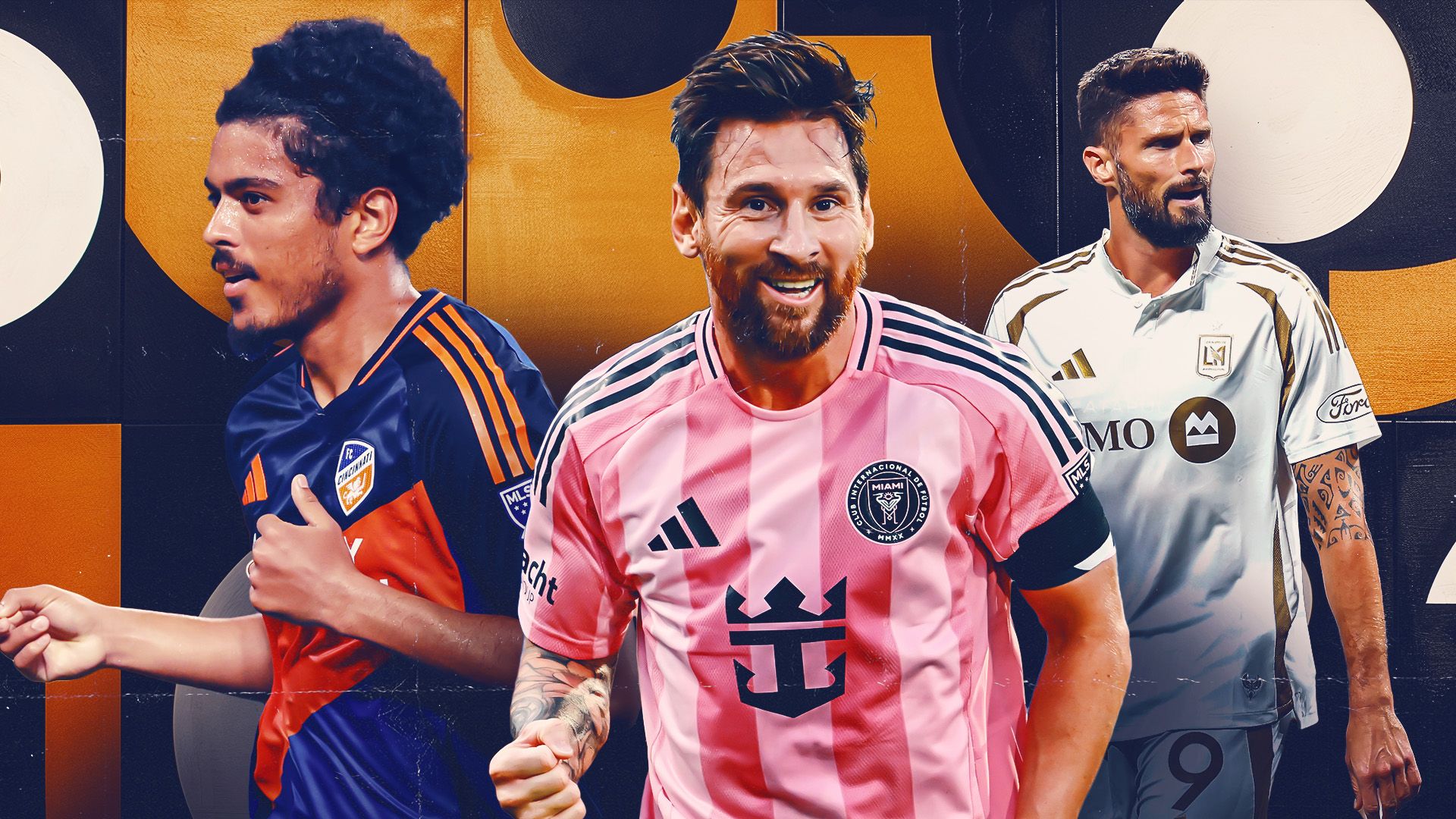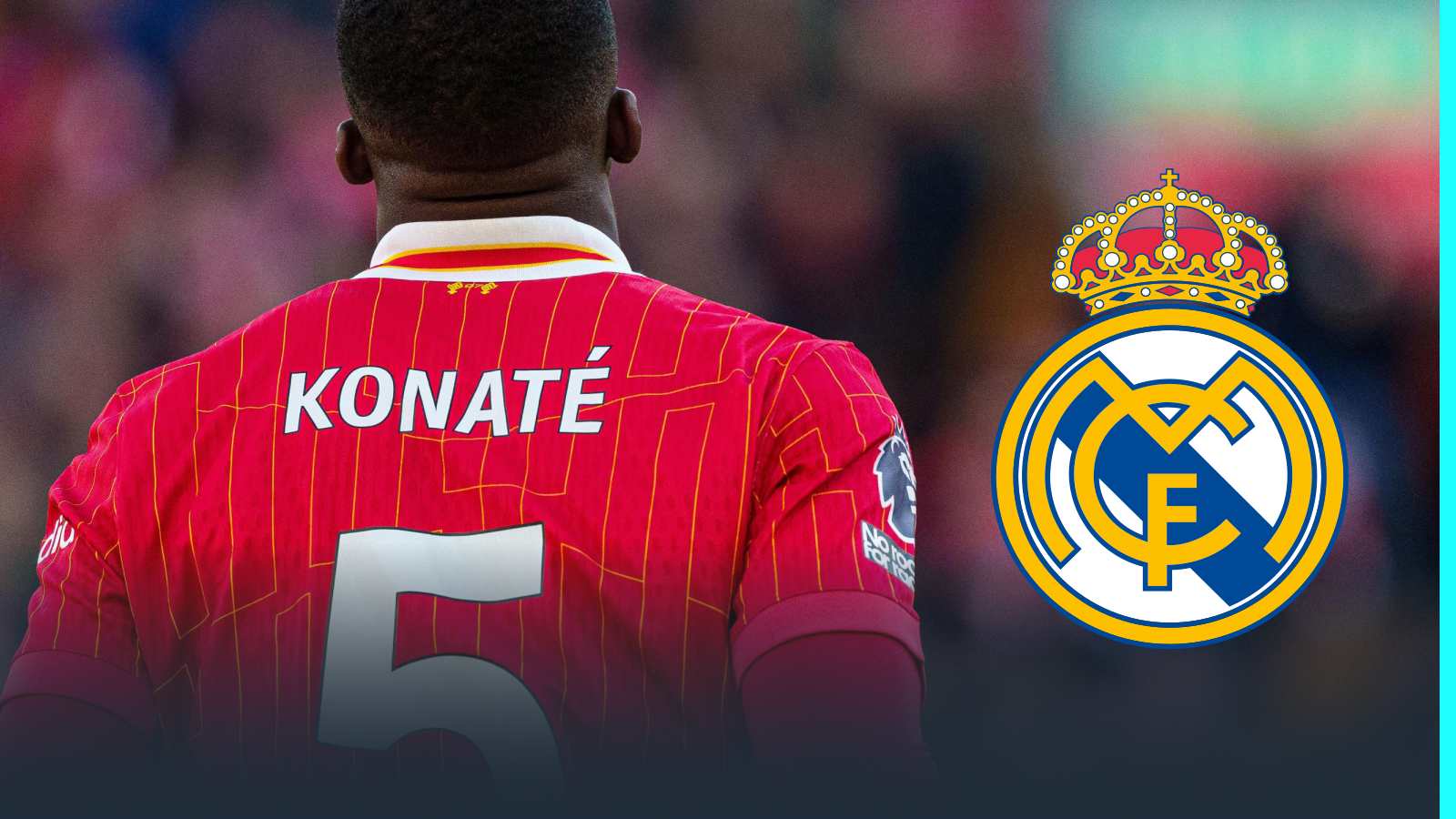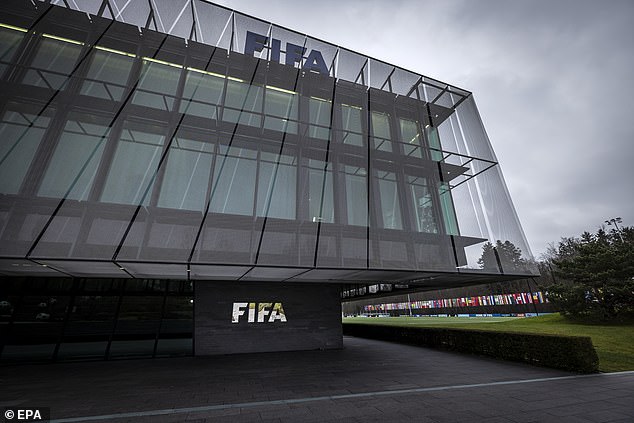Cucho Hernandez really shouldn’t have ended up in Columbus back in 2022. Sure, he’d been a failure at Watford, but there was, supposedly, European interest in the dynamic forward. The Premier League was a step too far, but Hernandez had plenty of options. He was exactly the kind of player that could make a fine living in Spain, Italy, or even Germany.
Instead, he got on a plane and moved to… Ohio? It seemed an odd decision. The Columbus Crew, notoriously frugal spenders who prefer to invest throughout the squad rather than swing big, paid $10 million for his services.
Hernandez was made a Designated Player, and Columbus reached outside their normal salary restrictions to pay him just shy of $3 million per year. Two seasons later, the Crew shipped him off back to Europe, with Real Betis paying them a reported $16M, plus a healthy sell-on clause.
Hernandez left Ohio with two trophies, having contributed 58 goals in 96 appearances. He was a runner-up for MVP in 2024 (and would have won it, had it not been for a certain Lionel Messi). He was, all said, the perfect modern DP: cheap enough, immensely effective, and flipped for a handsome profit.
This is a DP at its absolute best. But those slots can also be used remarkably poorly. For every Hernandez, there are two Lorenzo Insignes or Olivier Girouds. Remarkably, in the 18 years since MLS introduced the DP rule, teams haven’t uniformly figured out how to use the slot.
What should raise the standard of the league has, instead, become something of a mixed bag, with some genuine game changers brought to the league but just as many high-profile failures that can set a team back years.
GOAL RANKS:Best DP signings of past 5 years | Worst DP signings of past 5 years



